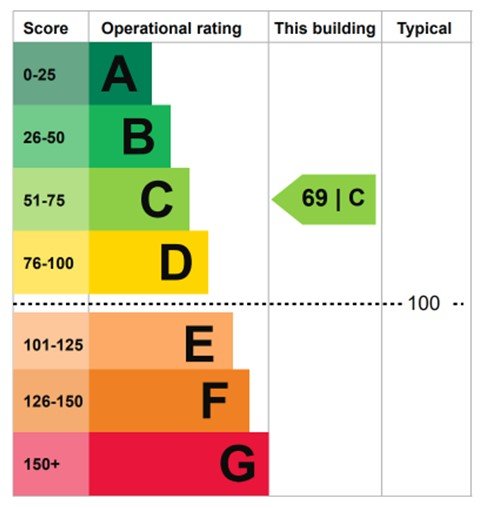Significant increases in the price of energy and increased energy legislation have made energy management a hot topic for businesses.
While compliance with the Energy Opportunity Saving Scheme (ESOS) and Display Energy Certificate (DEC) is now a legal requirement for larger organisations, implementation of an Energy Management System (EnMS), such as ISO 50001 can also bring real energy and financial benefits.
Further benefits may include helping to reduce your carbon footprint and demonstrating your commitment to energy management to clients and stakeholders.
Assessments have found that savings of up to 20% in energy bills can be made by businesses implementing small changes in working practices with no or little financial outlay.
The Green Business Centre is able to provide support in implementation and assessment for ISO 50001, DEC and ESOS.
ISO 50001 : 2018
Energy Management System
ISO 50001 documents system requirements to help your organisation manage its energy usage focusing on significant areas of consumption and the identification of opportunities for improvement and reduction. Structured in a similar manner to ISO 14001 and based on the Plan Do Check Act (PDCA) cycle the Energy Management System (EnMS) standard provides a framework to assist organisations.
Energy Savings Opportunity Scheme (ESOS)
Organisations that qualify for the Energy Savings Opportunity Scheme (ESOS) will need to carry out their ESOS Phase 3 assessment and notify the Environment Agency by the 5th June 2024 in order to be compliant with the policy. It is estimated that the ESOS Regulations will effect approximately 10,000 organisations across the UK.
The ESOS Regulations enact Article 8 of Directive 2012/ 27 EU on Energy Efficiency.
Display Energy Certificates (DEC)
Display Energy Certificates (DEC) help inform visitors about energy use in public buildings and raise public awareness of energy use. DEC are required in public buildings with a total floor area greater than 250 metres square and frequently visited by the public. The DEC must be on display in a prominent location that is clearly visible to the public. Types of buildings requiring a DEC include leisure centres, hospitals, colleges, museums, community buildings.





